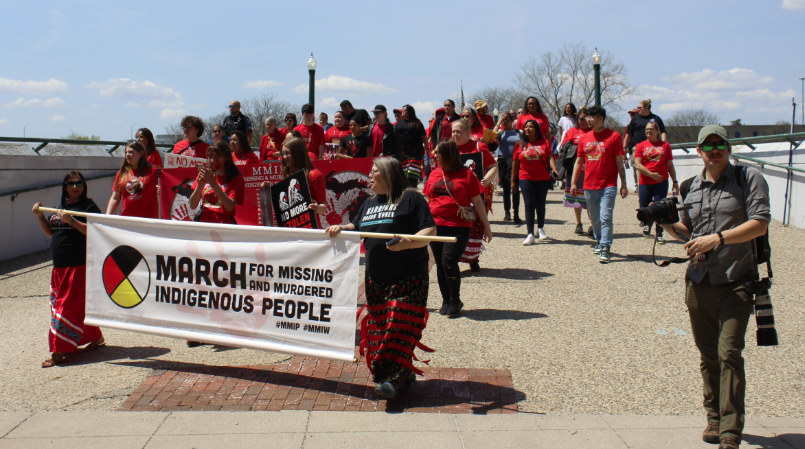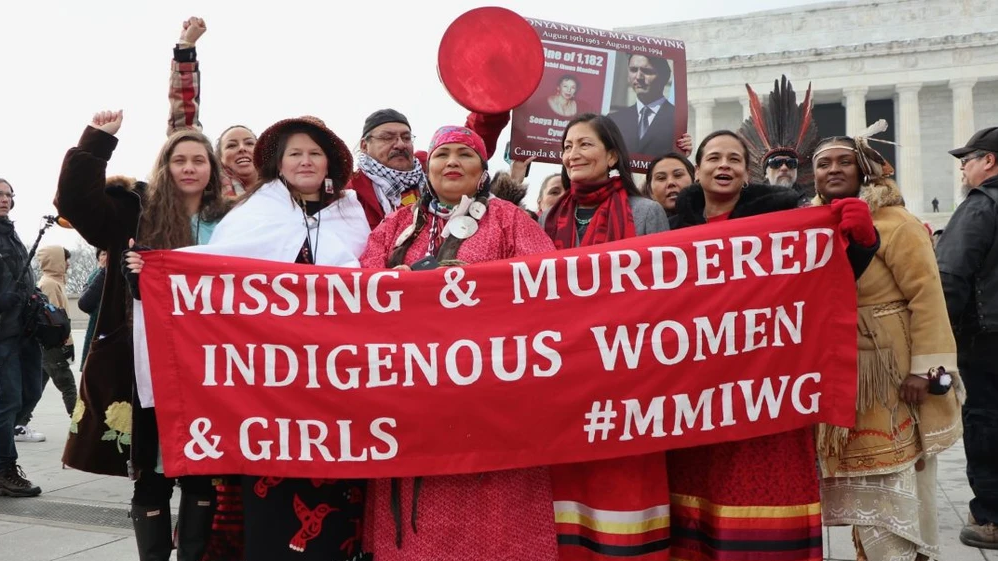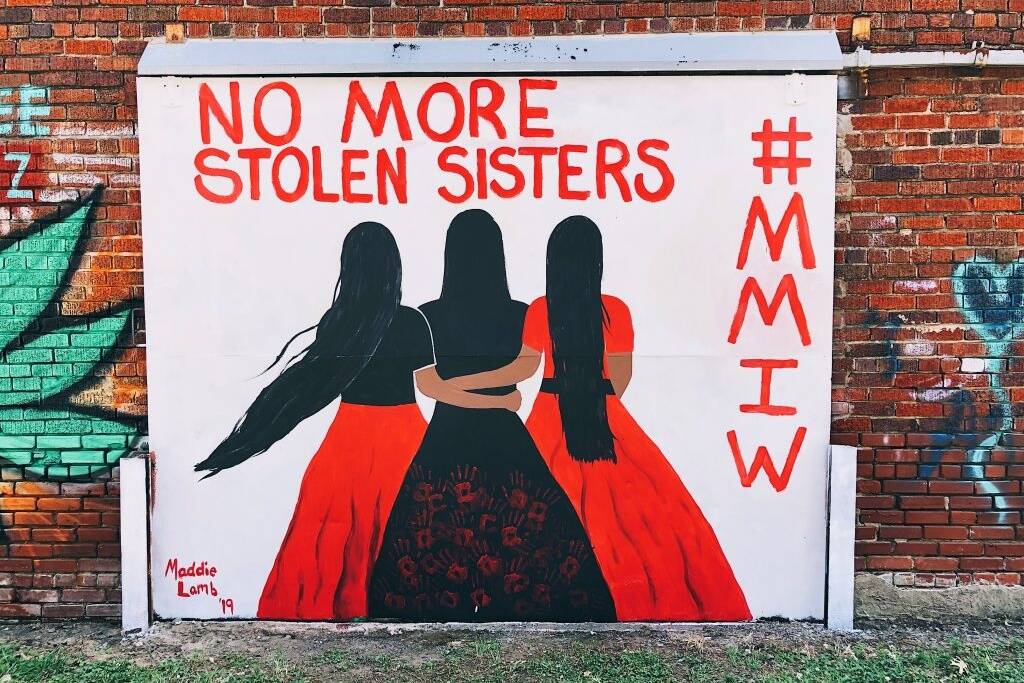On MMIP Awareness Day, Proposed Cuts to Tribal Law Enforcement Threaten Justice
 Marchers in downtown Grand Rapids, Mich. on May 5, 2023. (Photo/Levi Rickert)
Marchers in downtown Grand Rapids, Mich. on May 5, 2023. (Photo/Levi Rickert)
By Levi Rickert May 04, 2025
Opinion. Tomorrow on May 5, thousands of Native Americans will hold rallies and march to recognize the epidemic of Missing and Murdered Indigenous People (MMIP).
I have often been asked why the date was chosen because Mexican Americans celebrate Cinco de Mayo, which commemorates Mexico’s 1862 victory over the French at the Battle of Puebla. Among Native Americans, May 5 was not randomly chosen to bring awareness to MMIP. The date was selected because the Montana congressional delegation persuaded the U.S. Senate to pass a resolution declaring the national day of awareness because May 5 was the birthday of Hanna Harris, a member of the Northern Cheyenne tribe who went missing on July 4, 2013.
Had she lived, Hanna would have turned 33 tomorrow.
Tomorrow, I will cover the March for Missing and Murdered Indigenous People in my hometown, Grand Rapids, Mich. This year, as I follow along the march, I will think about President Donald Trump’s proposed 2026 budget, which calls for a deep cut in law enforcement funding on Indian reservations.
Trump’s budget proposal, announced Friday, calls for a $107 million reduction — a 20% cut —to tribal law enforcement funding. The rationale: to “streamline the tribal law enforcement program to reduce redundancies and inefficiencies,” according to the budget document.
The proposed reduction is going in the wrong direction. If anything, there should be a significant increase to law enforcement in Indian Country.
Last year, National Congress of American Indians President Mark Macarro, chairman of the Pechanga Band of Luiseño Indians, testified before the U.S. Senate Committee on Indian Affairs that there is so much need relating to public safety and justice in Indian Country, he did not know where to start. He called the situation an acute crisis that has been going on for decades. He blames the crisis on inadequate funding.
Macarro cited the federal standard for officers is 2.4 per 1000 people. The Oglala Sioux Tribe on the Pine Ridge Indian Reservation in South Dakota has 0.6 officers per 1000 people.
More:
https://nativenewsonline.net/opinion/on-mmip-awareness-day-proposed-cuts-to-tribal-law-enforcement-threaten-justice










